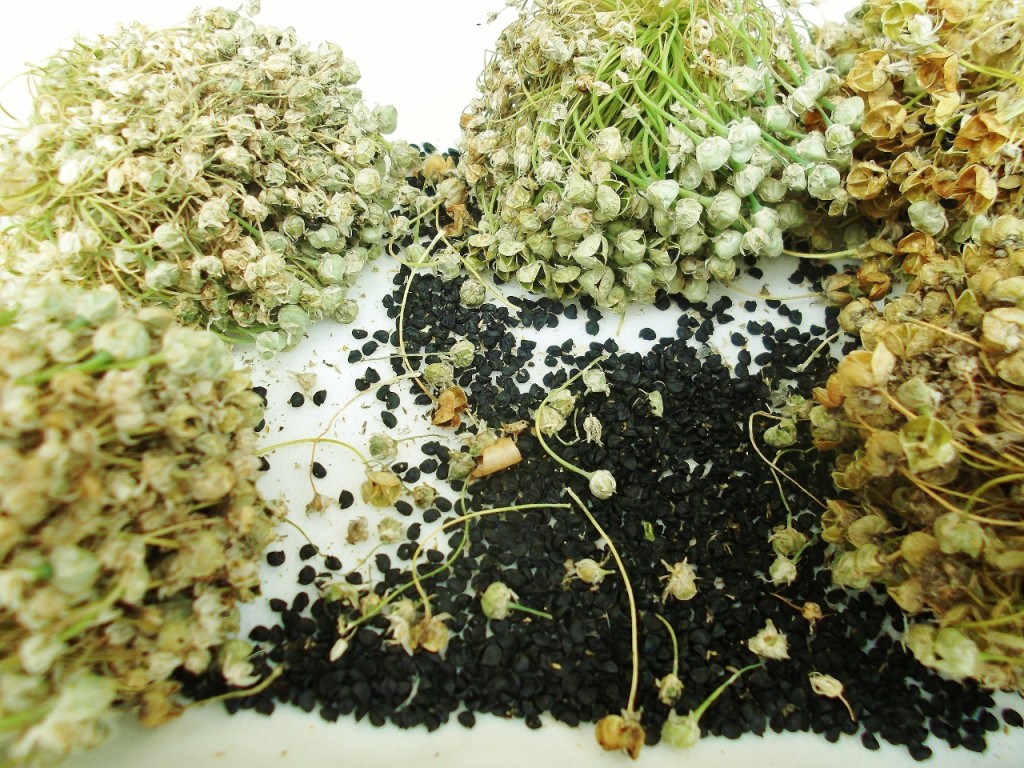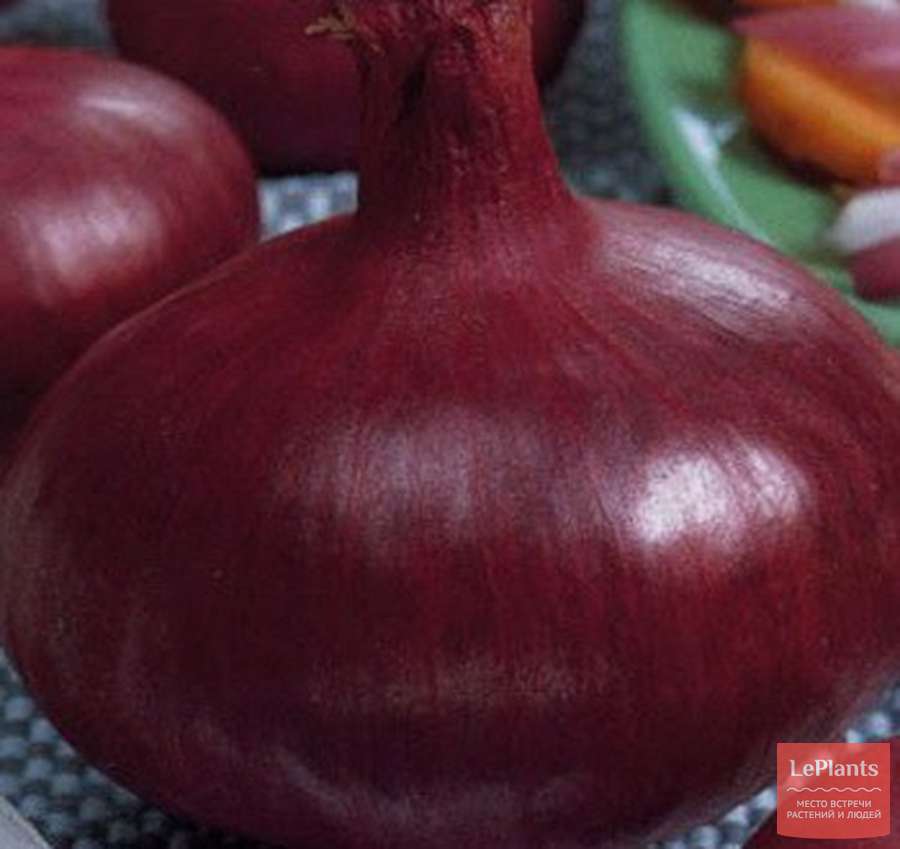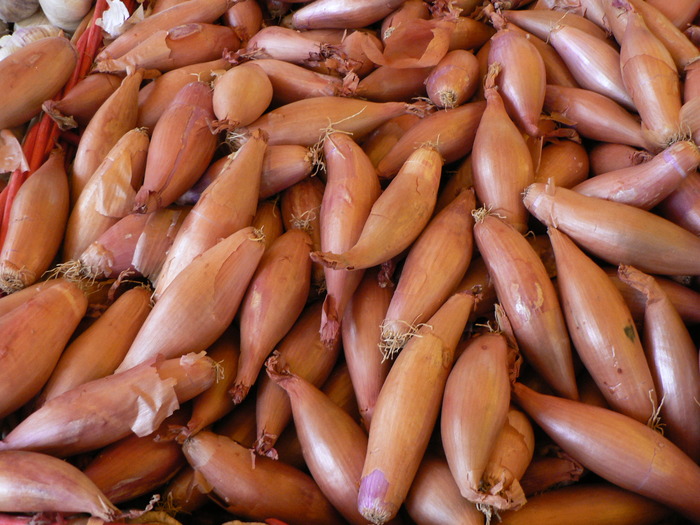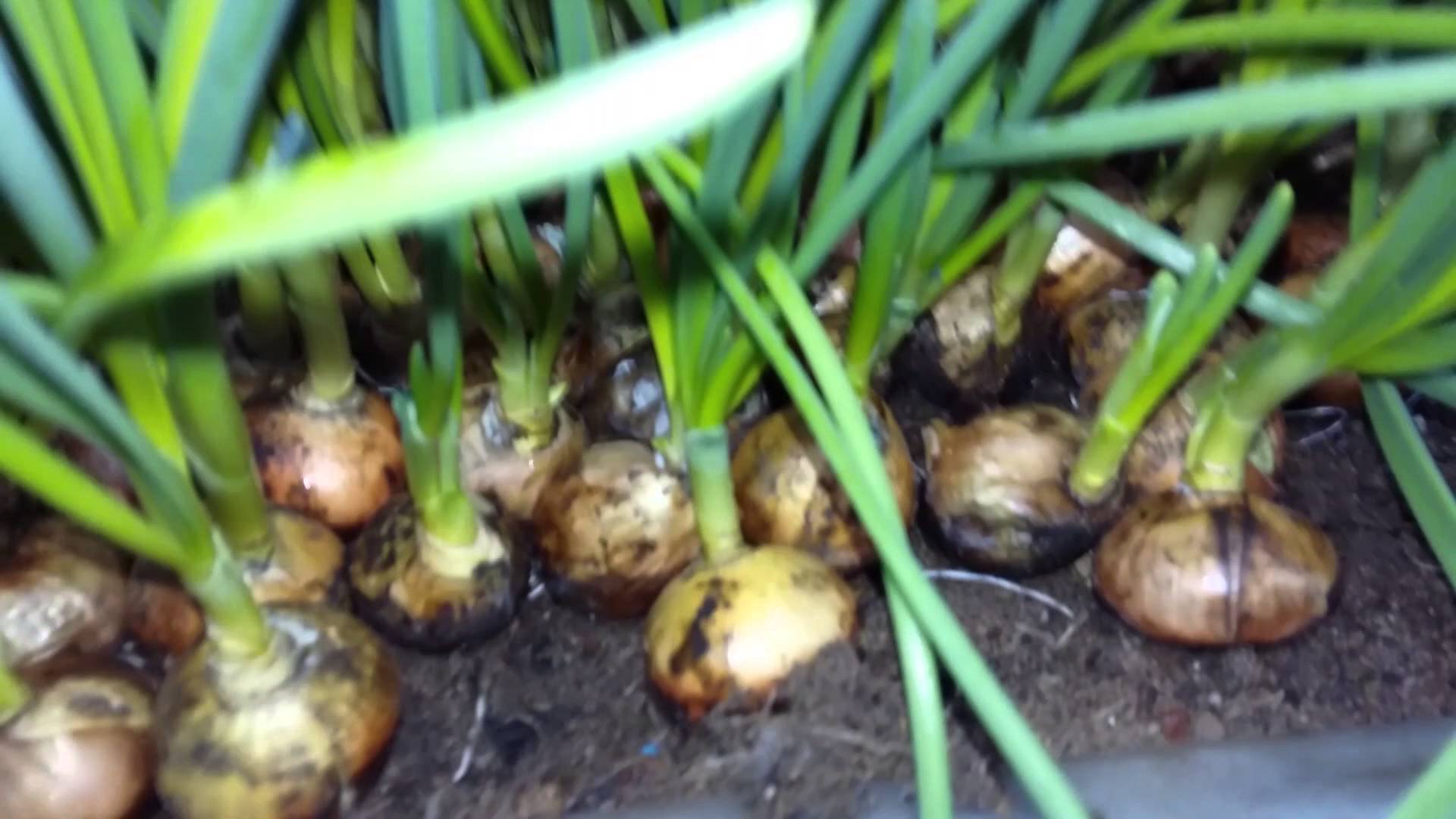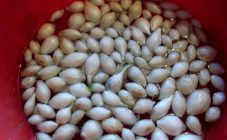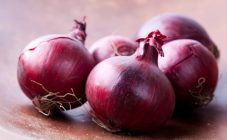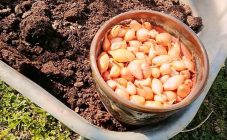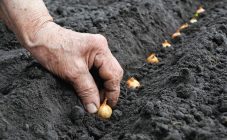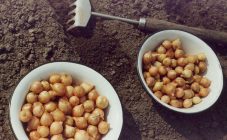Content:
One of the most demanded and popular vegetables in the garden is onions. Homemade dishes are prepared with it, used as a means of fighting viruses and infections, since it contains essential oils. It is easy to grow onions from seeds, so the technique is very actively used among gardeners.
Growing onions from seeds
In 90% of cases, seed cultivation is applied to varieties that are classified as sweet or semi-sweet. You can get a crop within one year if the climatic conditions are favorable - warm weather with moderate rainfall. Planting material must be carefully sorted out before use. The method assumes that immediately before planting in the ground, they need to be wrapped in gauze, then put in a saucer with water for 24 hours - this is necessary for the seeds to swell.
The correct cultivation of onions from seeds is carried out using a solution of copper sulfate: 1 tablespoon of the composition is required for 10 liters of water. The seeds should be placed in a hole or hole that is 1.5 cm deep. It is very important to maintain the optimal distance between plants and rows:
- rows - 13 cm;
- seeds - 1.5 cm.
The plantings made must be watered. The ideal option is to use a watering can with a special nozzle. To protect and organize the microclimate most suitable for the plant, a film is used.
Crop maintenance requires frequent watering (daily in hot weather). Airing, if the plantings are under the film, is carried out every day. The film must be removed when the seedlings are hardened. Also, seedlings need to be thinned out after they appear above the ground - the distance between them should be 2-3 cm.
The method suggests mulching to increase yields. Humus is used for this purpose. Thanks to this method of fertilization, an influx of nutrients is produced. Also, mulch helps to retain the optimal amount of moisture in the fertile soil layer. As a result, the number of weeds will be reduced. Re-thinning is carried out 3 weeks after the emergence and strengthening of seedlings. The distance between them should be 6-7 cm.
How to grow quickly
In order to get a good harvest of onions, you need to adhere to certain rules and recommendations.
Before sowing onions with seeds, you need to take into account such indicators as germination (the indicator may be different for varieties) and the characteristics of the region in terms of climate. Each farmer, in order to get a good harvest, must properly prepare the seeds of the onion variety that is suitable for the parameters. You need to pay attention to whether a perennial variety will be grown or an annual one. To speed up the cultivation processes, it is recommended to choose the planting method with seeds, since in this case it will be possible to avoid the formation of arrows, and there is no need to provide special storage conditions for the seeds - the main thing is that there is enough warmth, the humidity indicators remain within the normal range.
Description of the best varieties
When wondering how to grow onions from seeds, you need to study the most popular varieties of vegetables in order to understand which one to choose for cultivation in your own garden.You need to choose onion seeds taking into account what type of vegetable you need to get: bulbs or feathers. The most popular varieties:
- Danilovsky 301 - mid-season with rich taste. Ripening period - 76-115 days. The bulbs are round-flat. Features - in the first season, a set grows, in the second - a full-fledged bulb;
- Batun onion - early, greens can be harvested within 40 days after germination (in April). The taste is rich;
- Slime - grown on a feather, you can collect it 45 days after germination. The taste is mild, but well expressed;
- Stuttgarter is an early cold-resistant variety, harvested after 100 days. Round bulbs, weight - 120-200 g, bright taste;
- The farmer is a very early variety. You can harvest the crop in 80-90 days. Refers to annuals. Large bulbs - 170-310 g, resistant to diseases, well stored;
- Yalta - the bulbs are flat, the taste is soft, the purpose is salad. Weight - 130-160 g, good storage, collection - 110-120 days;
- Exibish - salad onion variety, sweet taste. Medium late - can be harvested 110-130 days after planting. Refers to annuals. Large bulbs - up to 500 g.
The choice of variety depends on the gardener, so several types of this vegetable can be grown on the site at once.
How to plant onions with seeds in open ground
You need to know how to plant annual or perennial onions with seeds outdoors in order to get a good harvest. Planting instructions in spring:
- planting is done after night frosts disappear;
- seedlings need to be prepared from February (a windowsill is suitable for growing);
- an area well warmed by the sun is selected;
- fertilizer must be applied to the ground and dug up;
- nigella is planted in rows in shallow holes (about 2 cm);
- sprinkle with earth from above, but not too much so that the seedlings break through faster.
Good precursors are legumes, tomatoes, cucumbers, potatoes and cabbage. Bed layout: width - 80 cm, height - 15 cm.
Further care involves carrying out the usual agrotechnical measures, these are: watering, weeding, fertilizing and applying mineral fertilizers. Additionally, it is recommended to carry out activities aimed at protecting against pests.
Growing onions from seeds in one year
Many gardeners strive to get a harvest in one year by planting onions with seeds. The main condition that must be taken into account is that you need to choose the right planting time so that the bulbs have time to form and reach the required mass.
When it is planned to plant onions in open ground with seeds in spring, you need to choose early or medium-sized varieties in terms of collection. In order to get a harvest, planting should begin in the land prepared according to the rules at the end of April (20-25 days). Previously, the seeds need to be warmed up, it is advisable to cover the beds with a film before planting.
Also, the film is used to protect crops until the emergence of shoots, in order to ensure that the negative effects of frost are avoided. Further agrotechnical measures do not differ from those that are carried out when the onion is planted with a set. The only difference is that you need to thin the seedlings. The event is held 3 times:
- after shoots reach 10 cm;
- in 3 weeks;
- 3 weeks after the second thinning.
The best result is a 10 cm distance between the bulbs.
To speed up the ripening process, you can do the following:
- in the second half of the growing season, remove part of the soil (the bulbs should be half in the ground);
- pull the onion slightly by the feather or chop the roots using a shovel - the supply of nutrients in this case increases, ripening is accelerated.
If you plan to carry out top dressing so that the turnip receives more nutrients, then the first of them must be carried out 7 days after germination, the next one - 14 days after the first. Also, you need to plant taking into account the temperature - there should be no frosts. A solution prepared from the infusion of mullein and water (1: 6) is well suited for dressing.
If the onion seeds are grown first for seedlings, then they are transplanted into open ground, then the optimal period is 2 months after germination. The seedlings have a well-formed root system and 3-4 true leaves. The landing period is the first decade of May. In this case, light and short frosts are allowed.
Optimal sowing is done in the evening when there is no bright sun. Immediately before transplanting, the seedlings need to be watered, then each plant is carefully transferred to open ground. In the event that the seedlings have long roots, they can be shortened. This will prevent them from twisting or bending upwards. The planting process is done in rows. The distance between the seedlings should be 8-10 cm, between the rows - 20-25 cm. If the bulbs of the variety are large, then the optimal planting scheme is 30X30 cm. Watering is carried out immediately after planting.
Further care assumes that during the first 7 days you need to water daily - this will help the plants quickly take root in a new place. After that, watering will be required as needed.
Other agrotechnical measures do not differ from those that are used for growing onions over several seasons, they include such actions as weeding, watering, loosening, feeding, protecting against pests, for example, snails, and finally harvesting. Well suited for planting Strigunovsky onion, its local cultivation from seeds allows you to get an optimal harvest in one season.
If you want to propagate onions with seeds, you need to find out in advance how to grow, since there are several ways. Some varieties can tolerate frost, so winter is not a hindrance to growth and development. In this case, the garden bed will look unusual in spring - green shoots with large feathers, suitable for eating. Also, a vegetable can be planted with seedlings or seeds, harvested in the same season, or get a set that will need to be used next year.
Onions are a family product as they are used for cooking, winter preparations and even healing. The choice of the variety must be carried out by the gardener himself, since the varietal characteristics will allow him to determine what kind of harvest will be obtained in the end.
